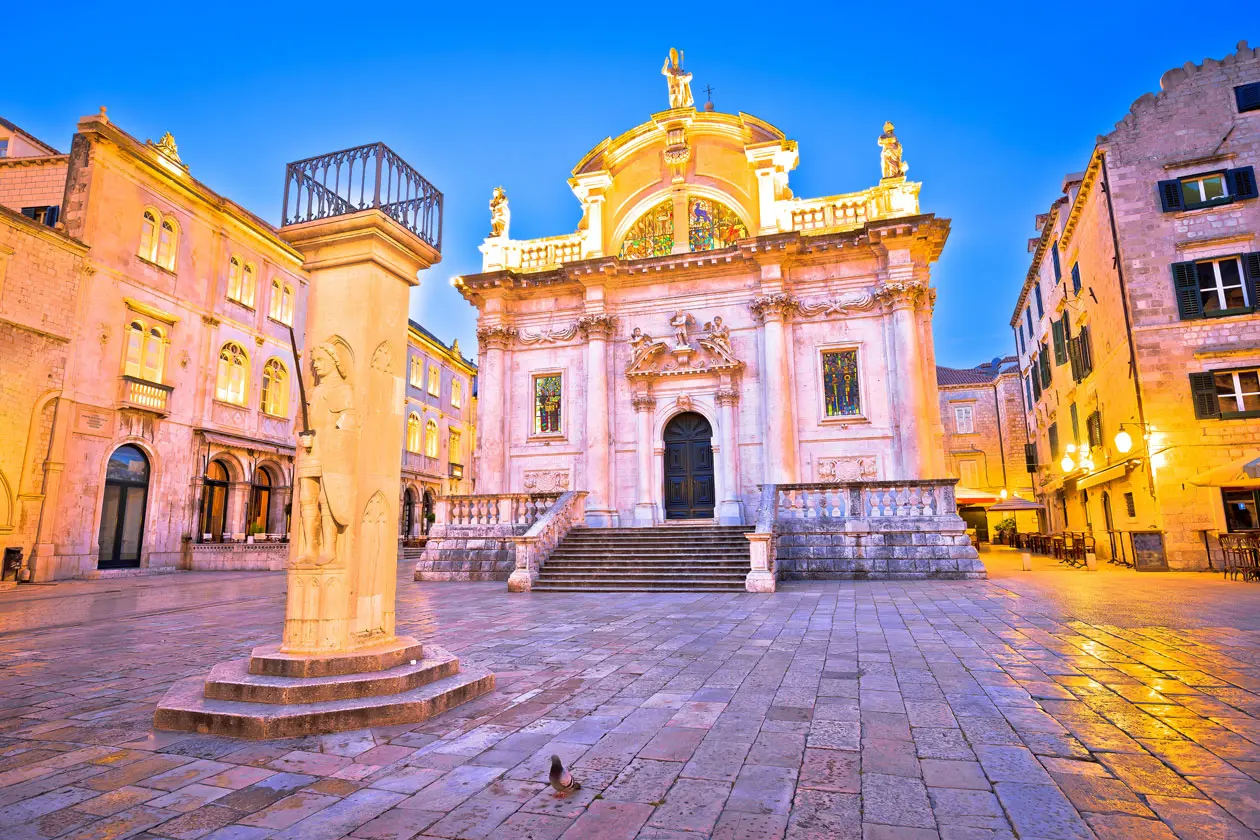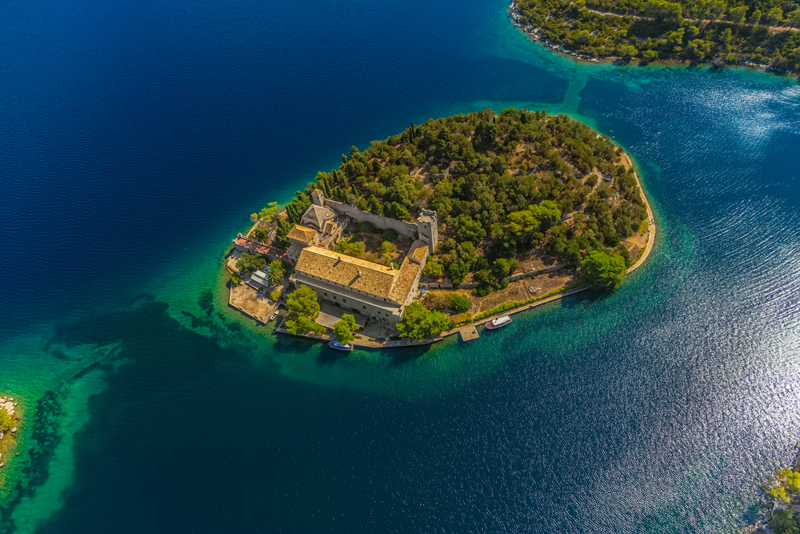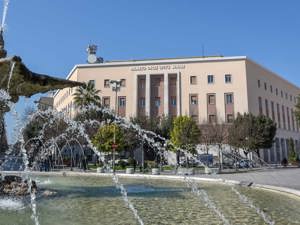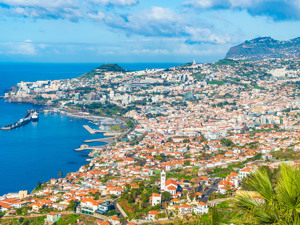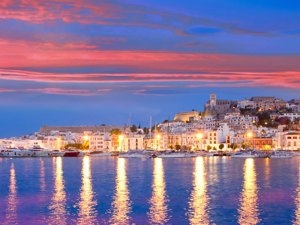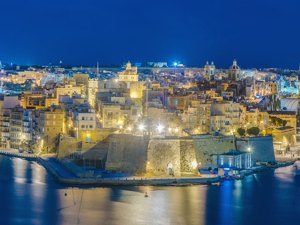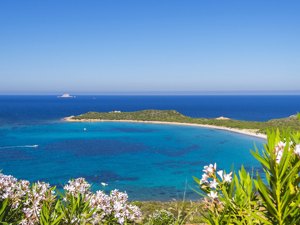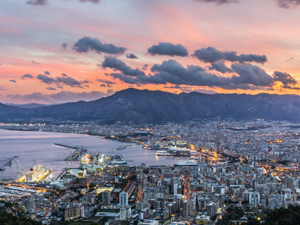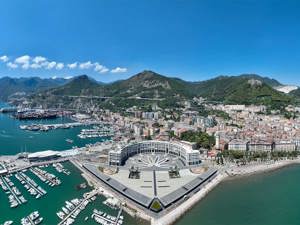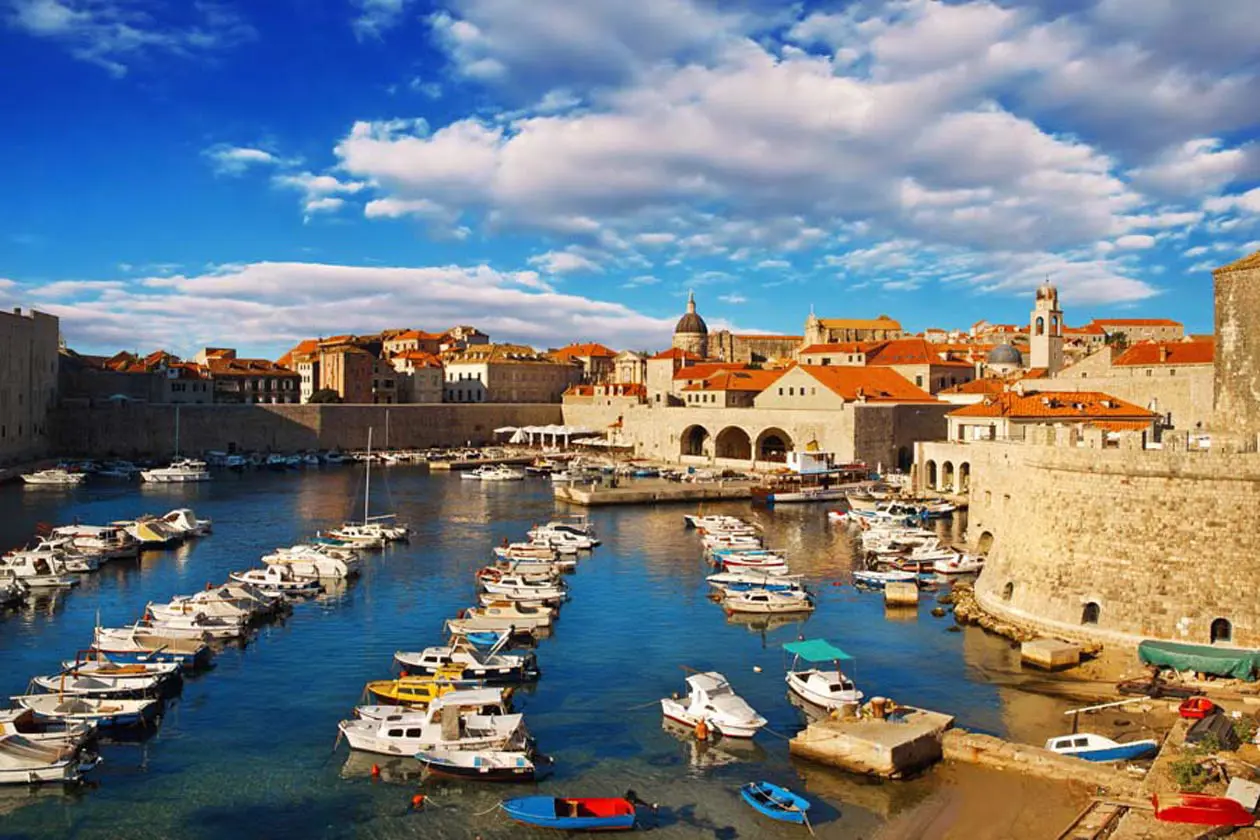 Dubrovnik Photo: Copyright © Sisterscom.com - Shutterstock
Dubrovnik Photo: Copyright © Sisterscom.com - ShutterstockUncovering the city can begin from the Walls, Dubrovnik’s main landmark; 1,940 metres of Medieval ramparts preserved in their original form, which are proof of the city’s ancient history. These walls remain intact and feature five fortresses which offer an unforgettable view of the city, the island of Lokrum and the open sea. You can then head towards the Old Town, a pedestrianised area where every hidden corner boasts unique features, including surprising architecture, interesting entrance doors, palaces, churches, beautiful squares, such as the one with the Onofrio's Great Fountain, side streets, art galleries and museums.
Each corner of the city offers important treasures
The whole city is also home to important treasures. Precious works in gold dating back from the 11th to the 19th centuries can be found in the Cathedral of the Assumption of Mary, which features five large entrances and great dome. The collection of the Dubrovnik School of Art, dating from the 15th and 16th centuries, can also be admired in the Dominican Museum, while the Rector's Palace houses the historical-cultural wing of the Dubrovnik Museum with a collection of works of art, antique furniture, ancient coins and the stock from the Domus Christy pharmacy of 1420.
San Biagio Church Dubrovnik Photo: Copyright © Sisterscom.com - Depositphotos
You can also visit the Maritime Museum to discover the history of the maritime traditions of Dubrovnik. Among the private galleries, the Gallery of Modern Art is particularly interesting, hosting works by Croatian and international painters.
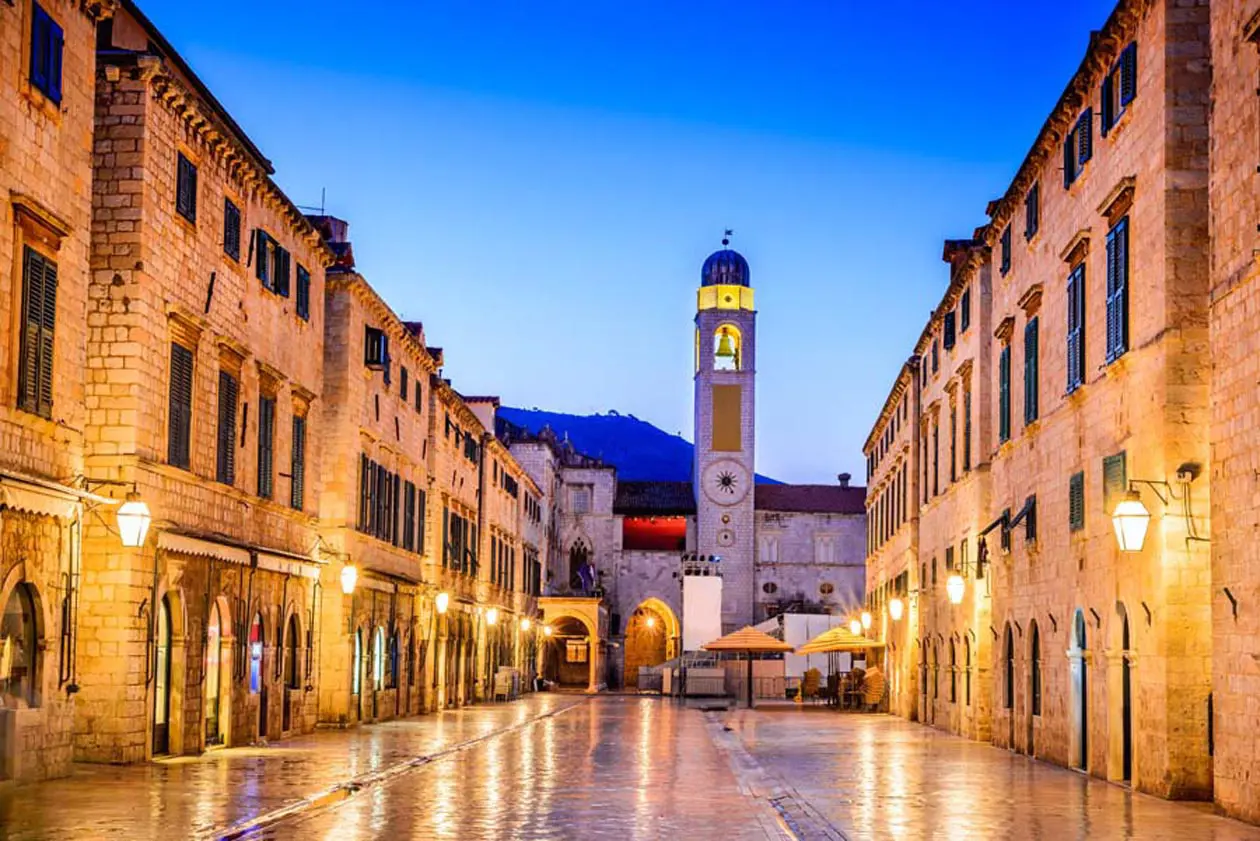
Dubrovnik Photo: Copyright © Sisterscom.com - Shutterstock
Not to be missed is the Arboretum of Trsteno, a protected Renaissance monument to nature in the summer estate of the aristocratic Gucetic family, which has been famous for its rich and ancient collection of exotic plants since 1502. The city of Dubrovnik, in fact, is home to a variety and an abundance of subtropical flora. Both the coast and islands are covered with Mediterranean evergreens, pine woods and cypresses as well as vineyards, olive groves and fruit trees.
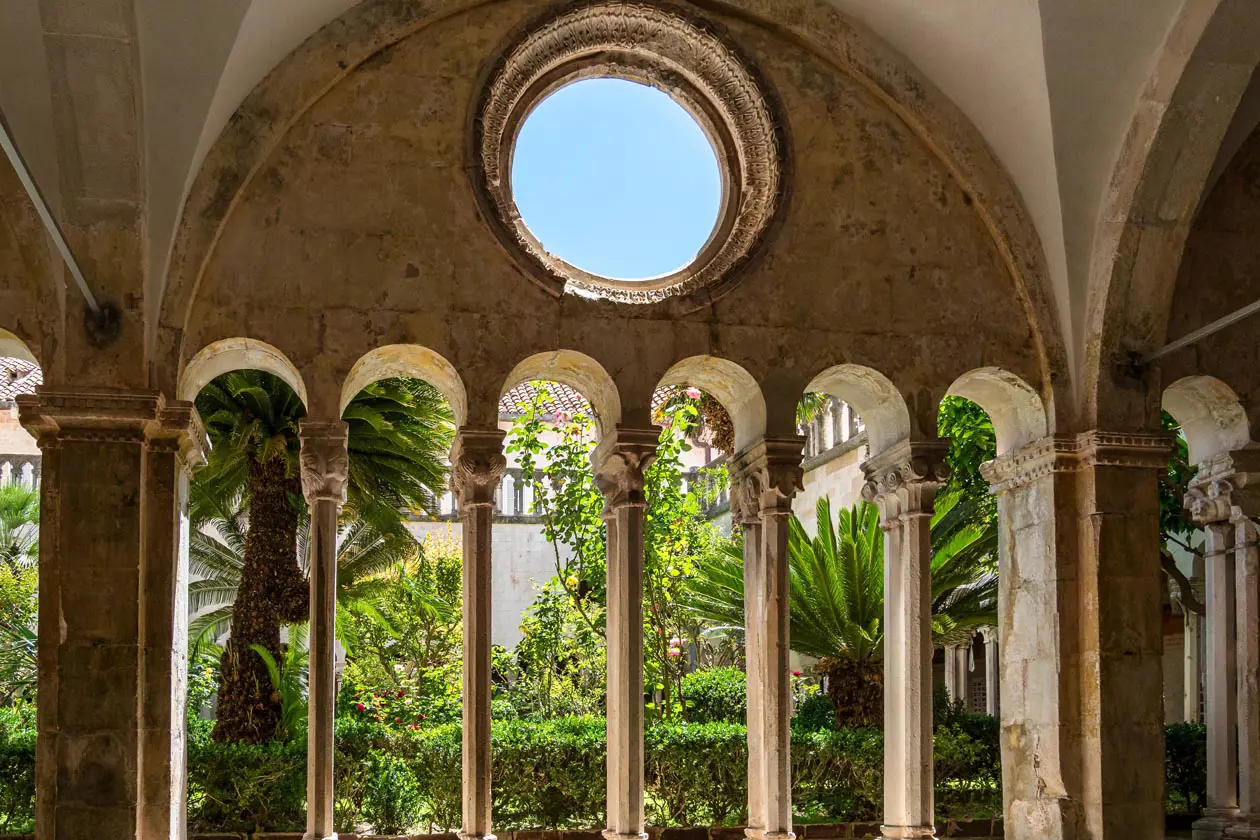
Franciscan Monastery of Dubrovnik Photo: Copyright © Sisterscom.com - Depositphotos
Another place worth visiting is the Franciscan Monastery of Dubrovnik, which houses the pharmacy of the Friars Minor, the third oldest in the world and the only one that has continued to provide pharmaceutical services since 1317. The recipes used to prepare some balms and ointments date back more than two hundred years.
Gliding through the air with the cable car, the view of Bubrovnik provides unique emotions
The ride offers a breathtaking view of the ancient city of Dubrovnik, the coastal attractions and small islands, golden beaches and magnificent sunsets. And to fully explore the Dubrovnik area by sea, the island of Lokrum and the entrancingly beautiful Elaphiti Islands are not to be missed.
The panoramic view of Dubrovnik from the cable car Photo: Copyright © Sisterscom.com - Shutterstock
Sports enthusiasts can experience the thrill of jeep safaris, horse riding, hiking and cycling in the Konavle Valley, canoeing on the sea, sailing to the Elaphiti Islands or visiting the National Park on the island of Mljet.
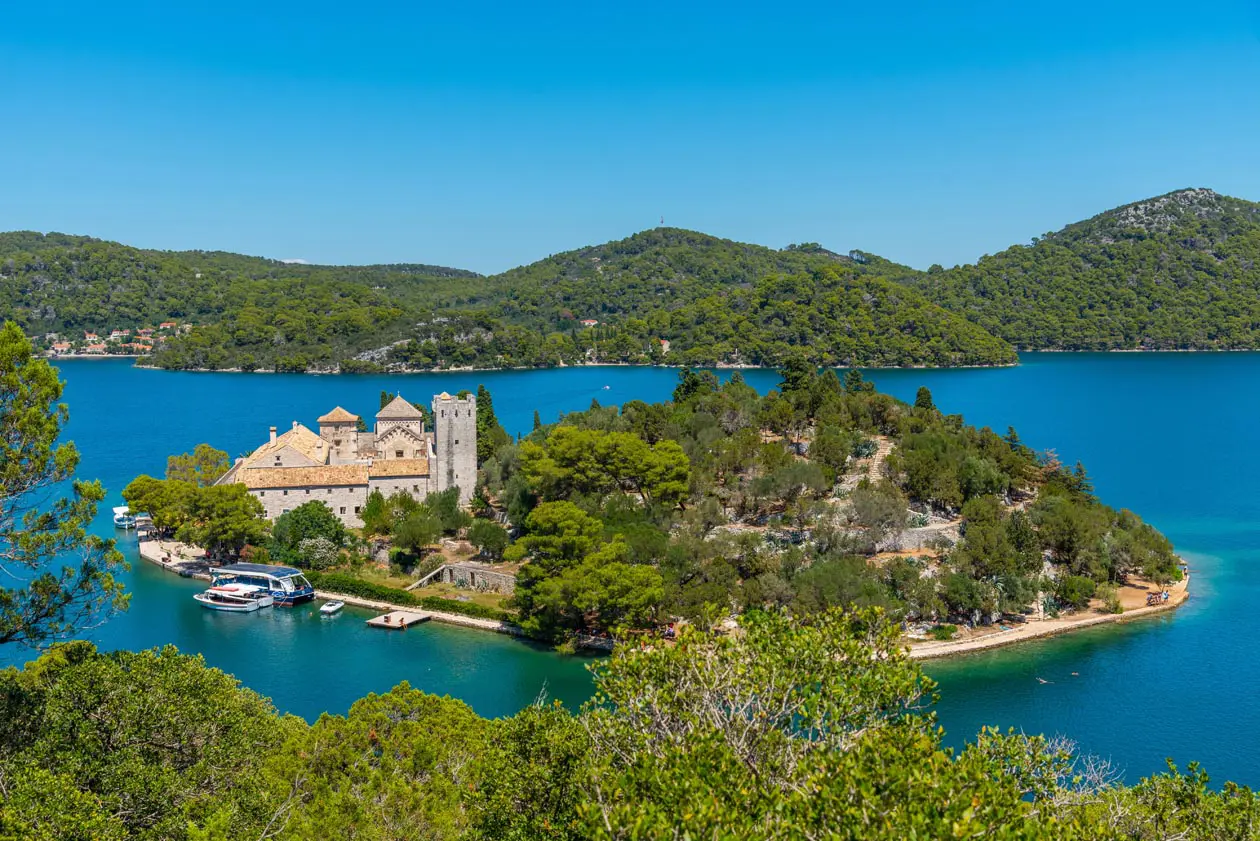
island of Mljet Photo: Copyright © Sisterscom.com - Depositphotos
Whilst discovering the city you can also busy yourself shopping, browsing a variety of original Croatian and typical souvenirs of Dubrovnik: crafts made with precious stones, golden olive oil and cold-pressed soaps with perfumes of laurel and rosemary. To relax between one itinerary and another, just enter a bar, one of the many restaurants or taverns where you can savour typical products such as smoked ham, cheese in oil, octopus salad, zelena menestra (smoked meat and cabbage stew), grilled sardines, kontonjata (quince cheese), candied almonds, arancini (candied orange peel), grappa, red wines from the Pelješac peninsula, white wines from the island of Korčula, wines from the Konavle area and Malvasia, called the nectar of the gods.
Wholesome products and a good glass of wine
The rich culinary offer of the county of Dubrovnik accompanies the wines of the Peljesac peninsula and the island of Korčula. In addition to Merlot and Cabernet Sauvignon, there are also excellent local wines such as Dingač, Postup, Plavac Mali, Kadarun, Dalmatinka and Malvasia blanc of Dubrovnik. Wines from the island of Korčula are three: Grk, Pošip and Rukatac (Maraština).
The delicacies of the region include:
- kontonjata (a sweet made with quince), mantala (a sweet made of grape must, carob and walnuts)
- arancina (candied orange peel), which combine well with Travarica (a herb grappa), Lozovača grape (grappa) and wines from Konavle and Malvasija of Dubrovnik.
There are numerous restaurants and taverns in the Neretva valley where you can try eel, toad, game and wild duck (liska).
Ston, instead, offer oysters, mussels and freshly caught fish. The foods to try on the islands of Mljet, Šipan, Lopud and Koločep are dishes of dried fish or seafood, while the restaurants of Dubrovnik and Konavle offer ham, cheese in oil, zelena menestra (stewed meat and cabbage) and other delicious dishes.
Text by Nicolò Villa
Copyright © Sisterscom.com
Video: www.croatia.hr/it
Tourism Board
Partnership with Booking.com
Where to sleep in Dubrovnik
Dubrovnik Photo: Copyright © Sisterscom.com - Shutterstock
Dubrovnik is a welcoming city and offers different possibilities for accommodation.
To find the ideal hotel and the best offers you can do a search for the stars but also for districts or landmarks.
STARS
Hotels for stars, differentiated by type of services:
DISTRICTS
Hotels in the districts
LANDMARKS
Hotels in tourist areas
AIRPORT
Hotels near the airport
Hotels in other cities of Croatia
 Dubrovnik Photo: Copyright © Sisterscom.com - Shutterstock
Dubrovnik Photo: Copyright © Sisterscom.com - Shutterstock